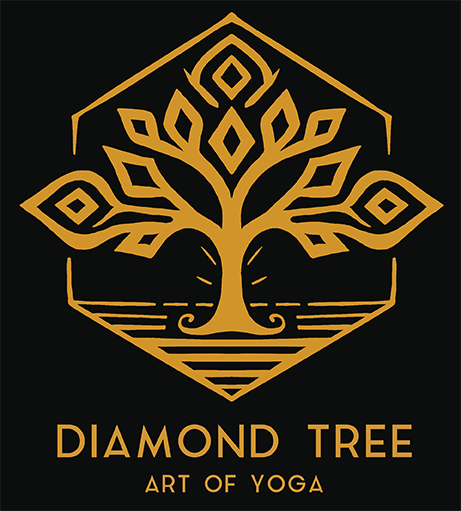Pranayama
A special process in breathing in which the pulsation of Pranendriya … becomes still and mind becomes calm
PRANAYAMA means Control of Vital Energy
Pranayama – the breath control, is the 4th limb of the eight-limbed Yoga System, as presented by Patanjali (Patanjali’s Ashtanga Yoga) in the Yoga Sutras. The 8 steps of Ashtanga Yoga basically act as guidelines on how to live a meaningful and purposeful life. It is a scientific technique system to control respiration, build and strengthen our mind
Pranayama calms the mind and takes you on a beautiful journey inward. Strengthen the connection between body and mind, soul and beyond.
The pranayama techniques are very subtle yet very powerful, simple yet so profound. Needs to be built up gradually under the supervision of a teacher. Pranayama should only be practiced when some control over the concentration of the mind has already been attained! When the breath is forcibly controlled regardless of the object of ideation, this can be dangerous – depending on the ideation at the time. The thinking must be positive for it to have a positive effect. The practitioner of pranayama must maintain a spiritual thought in the mind while doing the exercise. Breathe gentle, soft, smooth, with no sound, without jarring.
It is not advised to practice breathing techniques on your own or to experiment with them or to practice in any way that comes to mind!
The first thing we do when we are born is INHALE. The last thing we will do before dying is EXHALE. Patanjali says that once we’ve understood the concept of balancing effort with ease and we have learned how to move the body with the breath, then we are ready to sit in stillness and observe a more subtle part of the practice – the breath. Those who begin to observe their own breathing and consciously change their breath patterns, feel instant changes in calmness, peace, and ease, shifting focus from acrobatic asana (nowadays yoga) to breath-focused asana.
PRANA – life force energy, vital energy, life-giving force, the single universal cosmic that moves the entire universe. The energy which flows in currents in and around the body
Life – tantra defines life as the parallelism between the physical and mental body – waves in coordination with 10 Vayus – Vital Airs, responsible for movements. When there’s Movement, there’s Prana.
Pranendriya is the controlling point of all the 10 vayus; is an organ, like chakras – is not an anatomical organ.
This Pranendriya also links the various sensory organs with a point in the brain. Is located in the center of the chest and pulsates in synchronization with the process of respiration.
YAMA – to control
Balance of the Vital energy in the body, the direct relationship between Soul, Mind, Breath
If the Breath is slow, smooth, long & deep, then the Mind is also the same
Observe the breath, observe the stillness, consciously. Every single day. There is no physical effort, only mental effort. It leads you to change the way you breathe, the way you live.
Pranayama relaxes the mind and allows the body to conserve more heat. Affect the glands, sub-glands, nerves, and all the liquids in the body, strengthening emotional immunity.
Is a powerful tool as a preparation for meditation. The Pranayama purifies the entire respiratory system and purifies the energy channels in the body.
Special pranayama practices can also be prescribed for specific diseases
The three parts of the breath INHALATION – RETENTION – EXHALATION, the stages of pranayama help improve breath awareness
KUMBHAKA
– THE BREATH RETENTION –
Often known in the practice of pranayama, but is also applied in the practice of asanas
- when you hold your breath, you are with the Divine
- is transcending the duality, then we enter the state of oneness, a state of unity
- it trains the nervous system to tolerate a higher level of carbon dioxide before signals from the primitive brainstem force us to take another breath
- kumbhaka trains us to control the involuntary activities in the body
- by practicing kumbhaka we develop the ability for longer breath retention
Retention should only be practiced after 4/5months, some other technique even later on (1 year) of REGULAR PRANAYAMA.
In Rajadhiraja asana yoga, we hold our breath in certain asanas to absorb the prana. Kumbhaka also strengthens the diaphragm, increasing lung capacity, purifies the entire respiratory system, and massages the organs and glands. Glands affect our Emotions – secretion of the gland affects chakras and our propensities.
AN IMBALANCE IN THE GLANDS MAY TRIGGER CERTAIN PROPENSITIES!
IS ESSENTIAL TO BALANCE OUR MIND
The way in which pranayama and breathwork are sequenced and taught by your teacher is safe and needs a gradual progression as taught. No deviation from the practice, the sequence is recommended. Is very important to accept where you are, who you are, right now and move forward from there.
